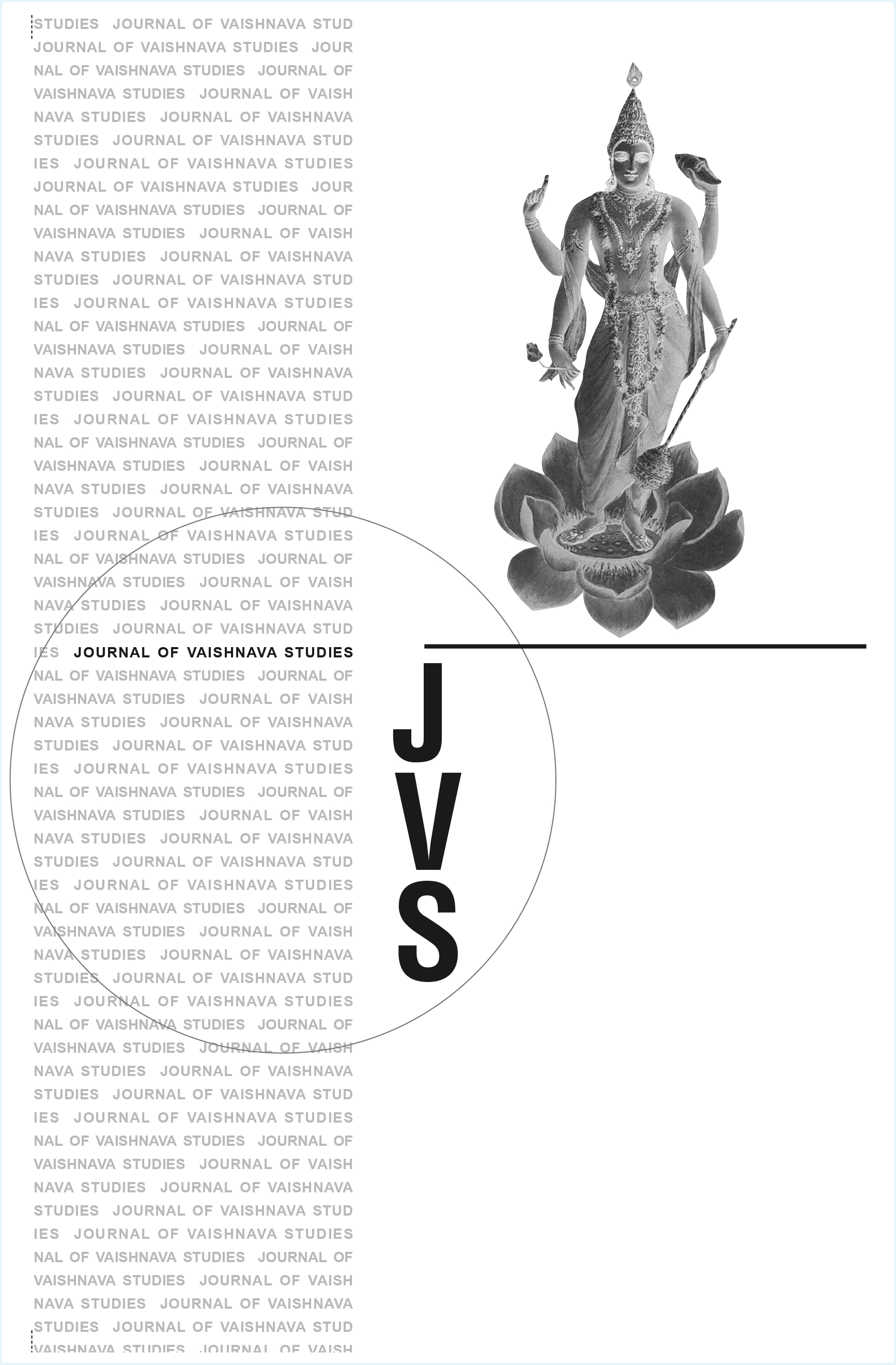The Bhagavad-gita
Its Western and Indian Interpretations
Keywords:
Bhagavad-Gita, Western Interpretation, Indian Interpretation, Textual Criticism, Hermeneutics, Vedanta, Bhakti, Karma, Jnana, Perennial Philosophy, Religious Pluralism, Philosophy of ReligionAbstract
In this paper, Arvind Sharma investigates the contrasting interpretive approaches to the Bhagavad-Gita found in Western and Indian scholarly traditions. Two primary issues are addressed: whether the Gita should be viewed as a unitary text and whether it conveys a singular, definitive message. Sharma explains that Indian interpreters generally treat the Gita as a coherent, unified scripture, an outlook shaped by Vedantic hermeneutics and the Indian philosophical pursuit of harmony. In contrast, Western scholars, influenced by biblical textual criticism, often approach the Gita as a composite work with multiple layers. On the matter of its message, both traditions lean toward a singular thematic essence, but their conclusions differ: Western interpretations frequently converge on the idea of theistic devotion, while Indian commentators remain divided, proposing various central teachings such as karma, bhakti, or jnana. Sharma also examines the Indian hermeneutical tradition’s tendency to integrate divergent philosophical schools—Nyaya, Vaisheshika, Samkhya, Yoga, Mimamsa, and Vedanta—into a unified interpretive framework, with figures like Maharishi Mahesh Yogi exemplifying this synthesis. Drawing parallels with the Western notion of "perennial philosophy," Sharma illustrates how differing cultural and philosophical assumptions shape the reading of sacred texts like the Gita.Published
1995-06-20
Issue
Section
Articles





